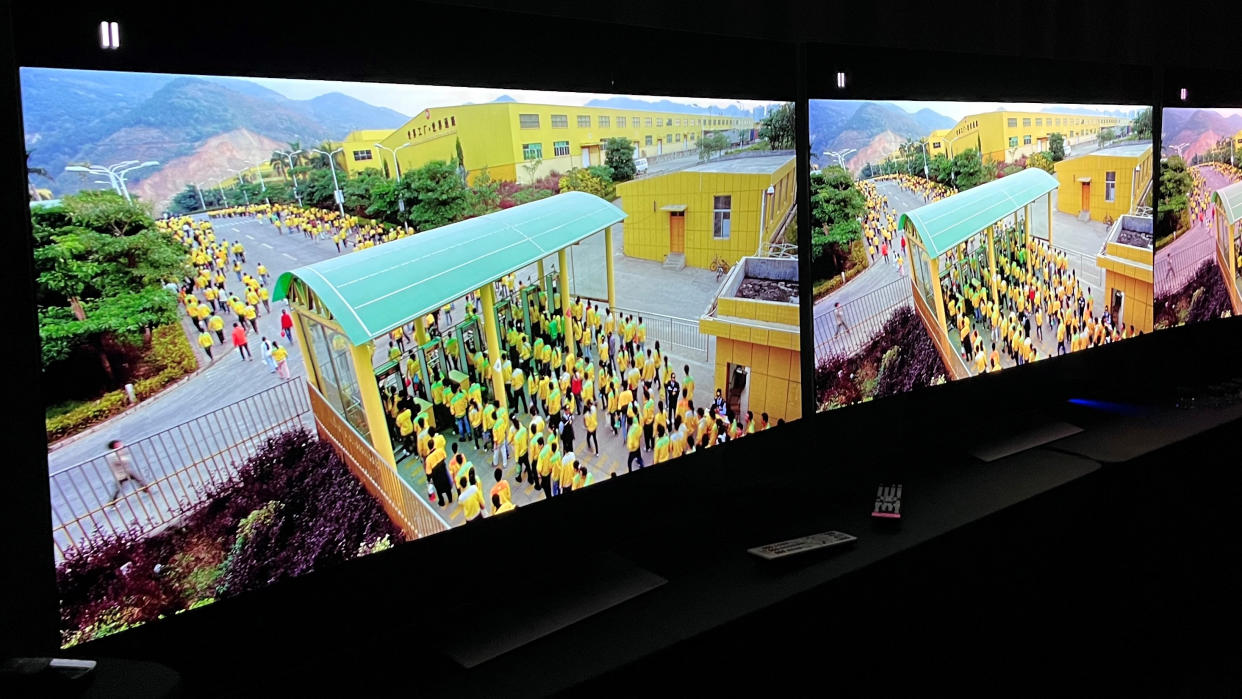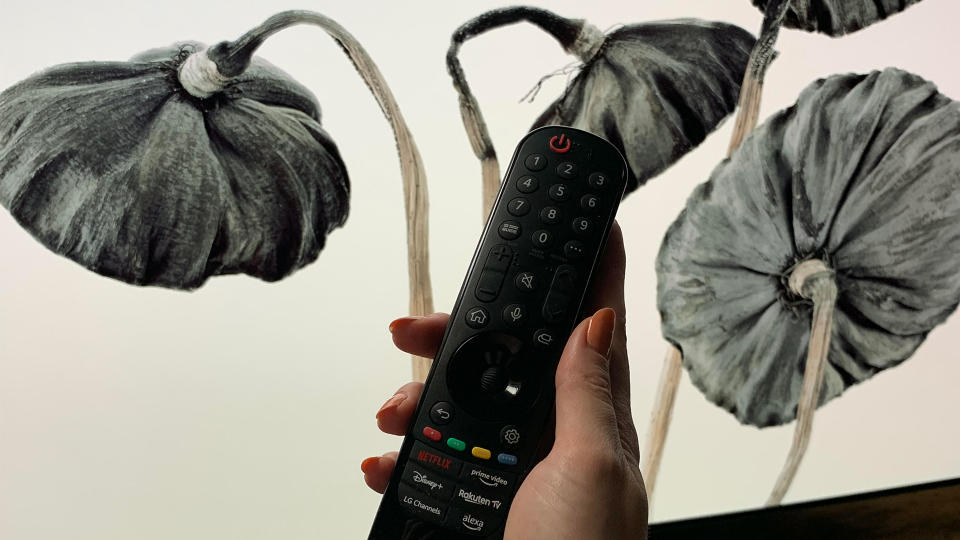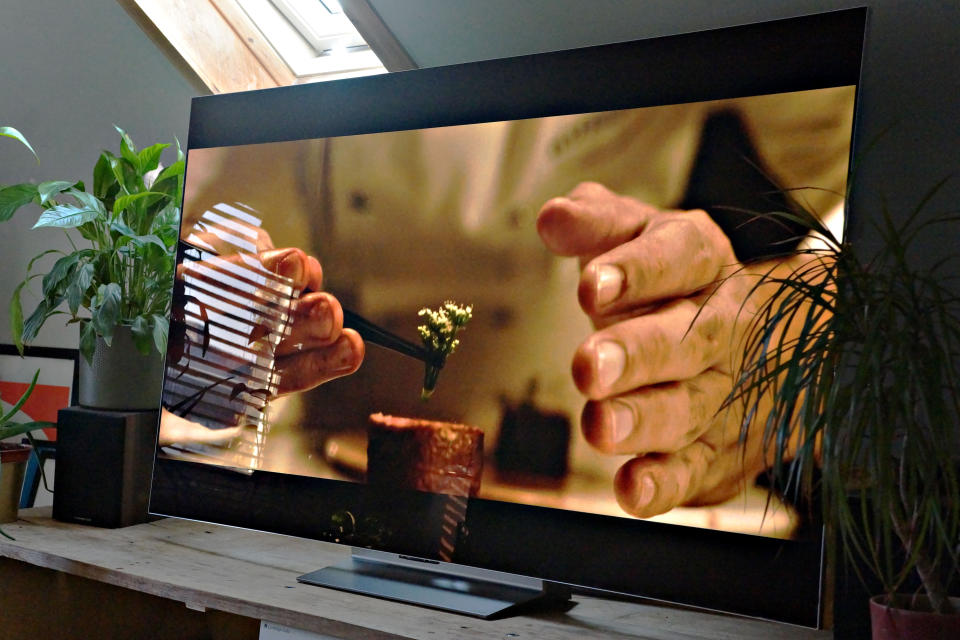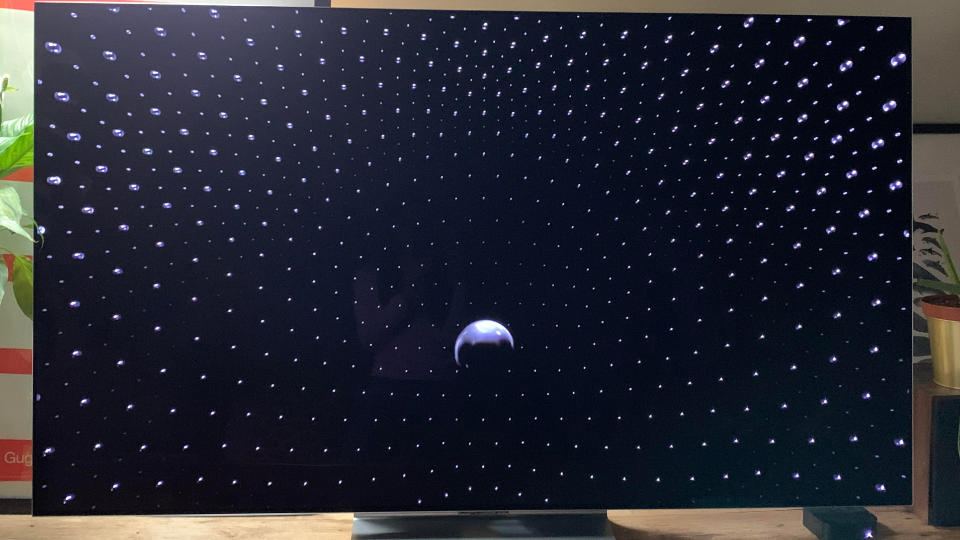I lived with LG’s G3 OLED TV for a month – here’s what you need to know

If you’re new to OLED TVs and are unsure if they’re worth buying, then you’re in the right place. Before I had the chance to live with LG G3 OLED TV, which is certain to be among best OLED TVs when our full review is finished, I was someone who had thought that I needed one of the best 4K projectors to get close to the cinematic big screen.
Oh, how wrong I was. There’s of course the technical advancements, such as OLED Evo and Micro Lens Array, that have been made to give it next-generation picture quality, which we cover in this article about things you need to know before buying an OLED – but then there’s the overall experience that it delivers.
As someone who hadn’t upgraded their TV for years, it was a huge change for me. I found myself to be much more enthralled like I would in a movie theater – I’ve spoken before about how I watched movies on the LG G3 OLED TV and it’s almost as immersive VR.
So, if you want to find out what it’s like to live with the LG G3 OLED TV for a month, what the difference has been to a non-OLED TV, how I’ve found it, and why I never want to go back then here’s my take.
Unboxing the LG G3 OLED TV
Straight out of the box, there’s lots of simplicity to make mounting the G3 OLED to your wall a fairly smooth process… at least, for a wall-mounted TV. But it only comes with a wall mount – a standard stand is sold separately. In my instance though, I had the tabletop stand.
While I initially questioned the stand’s stability, I was impressed with the ease that the G3 balanced such a large weight on what felt like flimsy hooks when fixing it in place, but the four tiny screws seemed to do the job and hold the TV upright.
There were no other steps to get it up and running, I just switched on the set once plugged into power and was greeted with a bright setup walkthrough, which felt somewhat invasive with all its questions, but this seems increasingly standard with smart TVs.
I was also a little underwhelmed by the remote, which had a clunky design for such a next-generation TV, although it does have a great move-and-point interaction feature. The flexibility of being able to connect the G3 to other devices like my Apple TV 4K also meant that it was easy to switch the remote out and rely on something more familiar.

Jaw-dropping picture quality
After wrestling with a 65-inch sized G3 OLED to get it upstairs and set up, it definitely brightened up the entire room with its stunning picture display. After all, the TV itself is well designed and considered, with a thin profile and small bezel.
I wanted to see some 4K content quickly, so I loaded up YouTube, which was a quick and easy process. In fact, I was able to watch a 4K nature video on YouTube almost instantly after powering on the set.
And I have to say, when I first saw the high-resolution image with the pixel-perfect colors and contrast, it was like what I imagine putting glasses on for the first time would have been like. Every dot looked to be honed to the smallest degree, with punchy colors and dramatic depths.
I have no doubt that the picture quality will make most people happy but is it worth it? From someone who hasn’t upgraded their TV at home in five years, it was a huge step-up for me – but having seen more of the best TVs around in my professional capacity, I can say that it’s on par with the peak of what’s on offer today.

Hidden and unexpected features
When it came to connecting devices, this was a smooth experience. The LG G3 comes with four HDMI 2.1 ports, which makes it a contender as one of the best gaming TVs too – and when these are connected this information is thoughtfully displayed on the screen’s menu. It also only shows which ports have something connected, which is a neat touch.
Overall, connecting devices to the model was easy. And although my old hi-fi Cambridge Audio amp and speakers did not connect because it had an outdated connection cord, I found I didn’t mind as much.
The built-in sound quality of the LG G3 is surprisingly good for a TV. While (of course) connecting one of the best soundbars would be even more immersive, I found that turning on the AI Sound Pro enhanced the audio quality significantly.
It uses virtual 'rear' channels (a 7.1.2 upmix) to create the immersive sound effect from its speakers. The model also has automated acoustic tuning to find a balanced sound when equalizing in a new room.

The world’s best TV isn’t cheap
At $2,299.99 / £2,399.98 / AU$4,195 for the 55-inch model, it’s not cheap. The larger the screen the more you pay too – the 65-inch is priced at $3,299.99 / £3,299.98 / AU$5,295, the 77-inch at $4,499.99 / £4,999.98 / AU$8,395 and the ridiculously large 83-inch at $6,499.99 / £7,499.98 / AU$10,995.
While the G3 OLED TV has ground-breaking picture quality, the LG C3 OLED TV, which has all the same smart features as the G3, is priced more affordably and comes in more sizes – but its image quality isn’t a strong, because it doesn’t have the next-gen screen. If you’re weighing up the LG C3 vs LG G3, then price tag will likely be a deciding factor.
Why I think it’s worth upgrading to an OLED TV
Okay, the price is not small, but when you go back to your regular TV it just isn’t as thrilling. I’ll never want to go back to a TV that isn’t OLED after this, and I'm still deciding whether it can be a regular OLED or needs to be the next-gen panel of the G3.
And I’m saying this as someone who tried the world’s best smart TV and went back to streaming movies and TV shows with Apple TV instead due to the smart menu design, remote and general ease of use.
If you’re still sceptical about OLED TVs and wondering if the instant attraction fades after time, then read about our Managing Editor who switched to a big OLED TV a year ago and believes that they stand the test of time.

